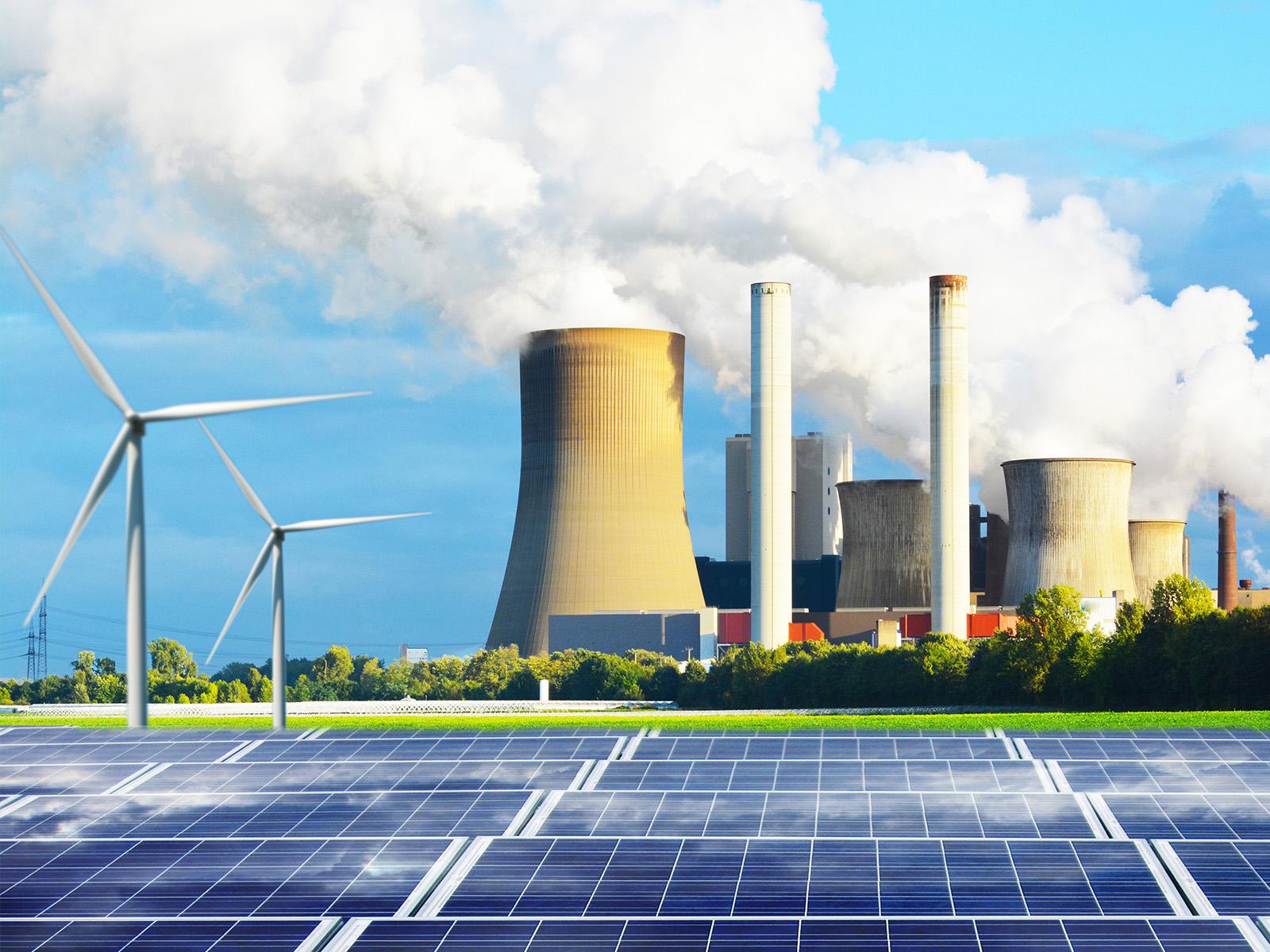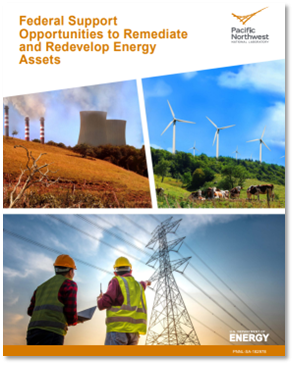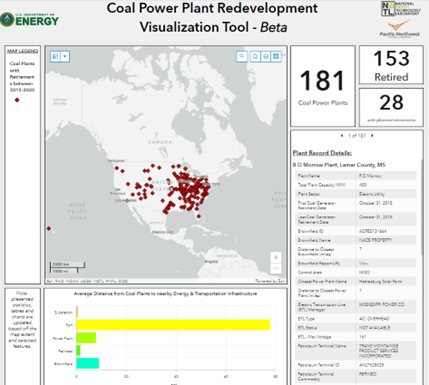Coal Redevelopment
Supporting “coal-to-X” redevelopments with expertise in energy equity, just transition, energy regulation, and geospatial sciences

Coal power plants across the country are retiring, with impacts on local jobs, tax bases, and identity.
(Illustration by: Shutterstock)


